May 27th, 2024
Top 7 AI Tools for Data Analysis: Ultimate Guide
By Alex Kuo · 12 min read

Overview
In an era where data is king, the use of Artificial Intelligence (AI) for data analysis has become a game-changer. From LinkedIn feeds buzzing about ChatGPT to advanced analytics in various industries, AI's role in data analysis is both transformative and expansive. This blog explores how AI revolutionizes data analysis, the benefits of using AI tools like Julius, and the steps involved in AI-driven data analysis.
What is AI Data Analysis?
- Machine Learning Algorithms: These algorithms identify patterns or make predictions from large datasets.
- Deep Learning: Utilizes neural networks for complex tasks like image recognition and time-series analysis.
- Natural Language Processing (NLP): Extracts insights from unstructured text data.
Imagine a warehouse scenario where AI algorithms could predict inventory durations, space utilization, stock replenishment needs, and more. By automating these analyses, businesses can make quicker, data-driven decisions.
The Rise of AI in Data Analysis
AI in data analysis is not just for data scientists anymore. With the advent of generative AI tools, even those without a background in data science can analyze data effectively. This democratization of data analysis is pivotal in industries like medicine, chemistry, and management, where AI can establish causal relationships, forecast outcomes, and predict trends.
Benefits of AI in Data Analytics
2. Time Efficiency: AI analyzes large data volumes much faster than human capabilities, enabling real-time analytics and scalability.
3. Enhanced Decision-Making: With AI, businesses can make better-informed decisions quickly, improving operational efficiency and innovation.
AI Analytics: A Threat or an Opportunity?
While there are concerns about AI replacing human jobs, the exponential growth of data suggests that AI will more likely transform data analyst roles rather than replace them. Embracing AI tools like AI writing detectors can propel careers forward, allowing professionals to tackle more complex problems efficiently.
Utilizing AI for Data Analysis: A Step-by-Step Guide
1. Data Collection: AI requires diverse data sources for training. This can range from product analytics to automated data collection through web scraping.
2. Data Cleaning: AI can automate the tedious process of data cleaning, identifying outliers, and normalizing data.
3. Data Analysis: AI models can swiftly identify patterns, correlations, and trends, which would take humans much longer to analyze.
4. Data Visualization: Business intelligence tools, enhanced with AI, can create interactive dashboards for deeper data exploration.
5. Predictive Analytics: AI excels in making accurate predictions based on historical data patterns.
6. Data-Driven Decision Making: Leveraging AI insights leads to more informed decision-making and proactive problem-solving.
Challenges in AI Data Analysis
- Data Quality: The accuracy of AI analytics is contingent on the quality of the input data.
- Data Security and Privacy: There are risks associated with feeding sensitive data into AI tools, especially concerning data privacy and security.
- The Necessity of Skilled Personnel in Data Analysis: the expertise of a data scientist is crucial for managing unstructured data and choosing the right ETL and data visualization platforms. Skilled personnel are essential to guide and maximize the potential of these sophisticated analytical tools.
Top AI Data Analysis Tools Transforming the Industry
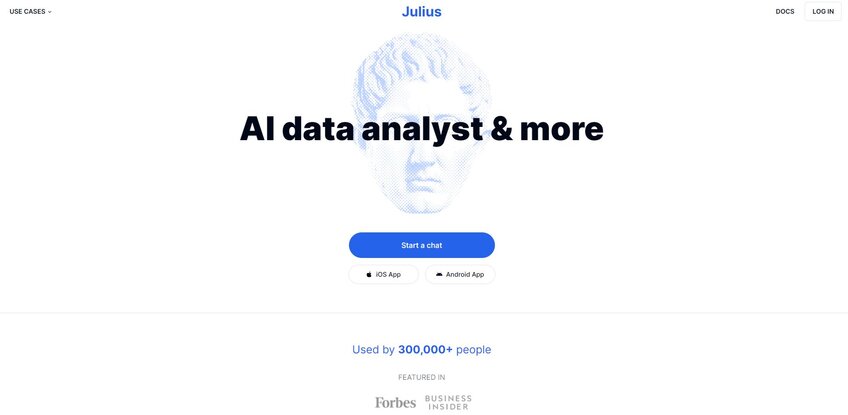
1. Julius AI: Enhancing Data Analysis Efficiency
Julius AI revolutionizes data analysis by automating complex processes and providing insightful interpretations. It excels in integrating with existing data platforms, enhancing their capabilities with advanced AI algorithms. Julius AI simplifies the interpretation of large datasets, offering intuitive visualizations and predictive analytics, making it an indispensable tool for both novice and expert data analysts.
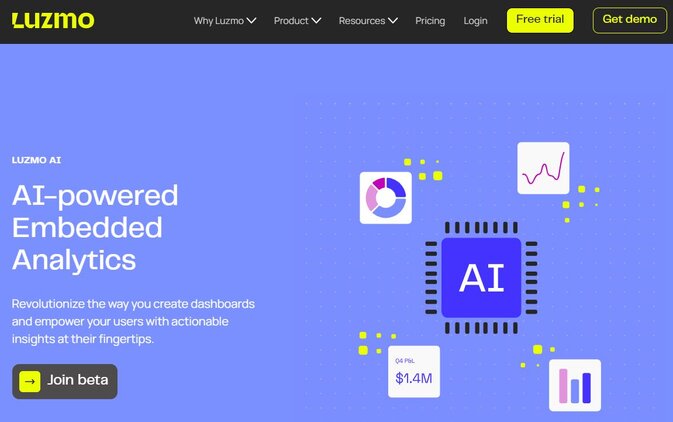
2. Luzmo: Streamlining Analytics for SaaS
Luzmo enhances SaaS platforms with its user-friendly analytics and no-code dashboard editor, allowing rapid creation of interactive charts. Its API compatibility with AI tools like ChatGPT automates dashboard generation efficiently.
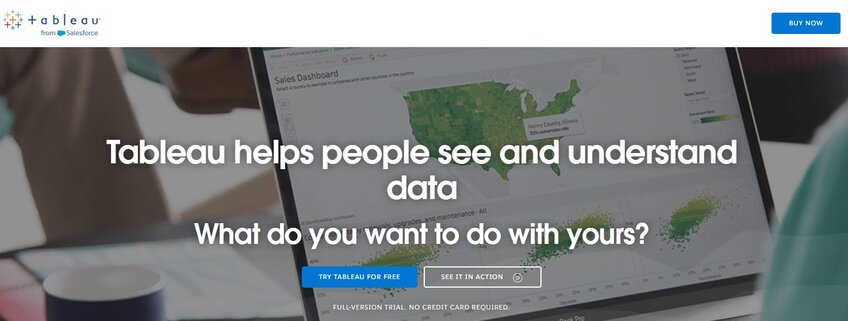
3. Tableau: Tailored for Data Science Experts
Tableau offers AI features designed for data scientists, including AI-powered predictions and scenario planning. It supports statistical modeling with R, Python, and MATLAB, catering to advanced data analysis needs.

Microsoft Power BI integrates AI for sophisticated text data analysis, enabling features like sentiment analysis and key phrase extraction. This tool enriches data analysis with deeper textual insights.
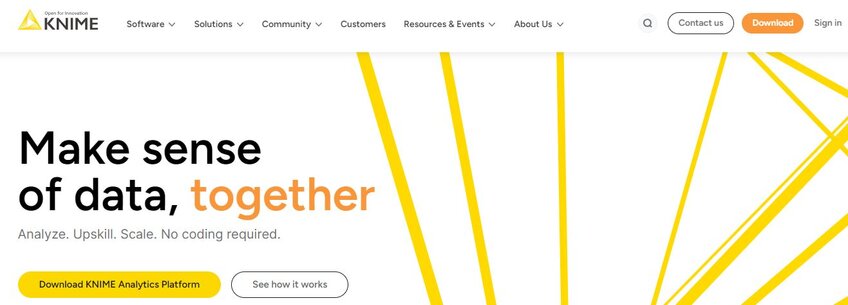
KNIME serves as an accessible, open-source platform for AI data science. Its user-friendly interface is ideal for designing and applying machine learning models, suitable for both beginners and experienced users.
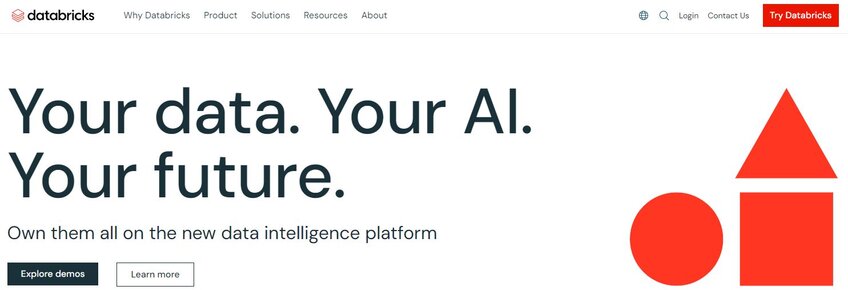
Databricks combines data lakes and warehouses under one platform, offering a comprehensive environment for running AI applications and machine learning algorithms, streamlining the data analysis process.
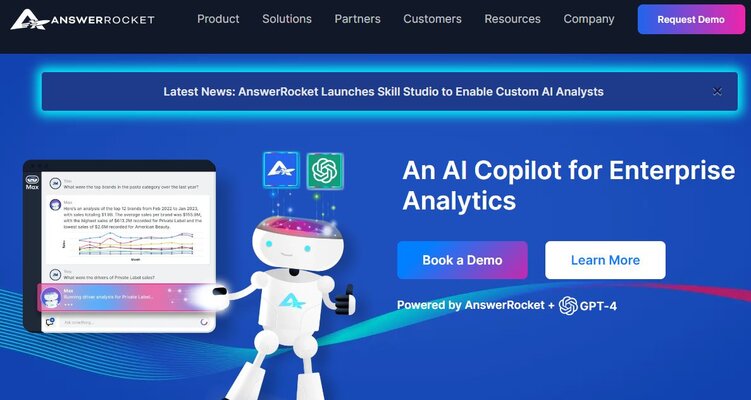
AnswerRocket acts as an AI assistant for data analysis, enabling users to connect various data sources and extract insights through simple language queries. It offers proactive insights and data-driven recommendations.
How Julius Can Assist in AI Data Analysis
- Automated Insights: Julius can quickly analyze large datasets, providing insights and identifying trends.
- Data Cleaning and Preparation: It assists in preparing data for analysis, ensuring accuracy and efficiency.
- Customized Analysis: Julius can tailor its analysis based on specific business questions or hypotheses.
- Interactive Reporting: It offers dynamic reporting capabilities, making it easier to understand and act on data insights.
